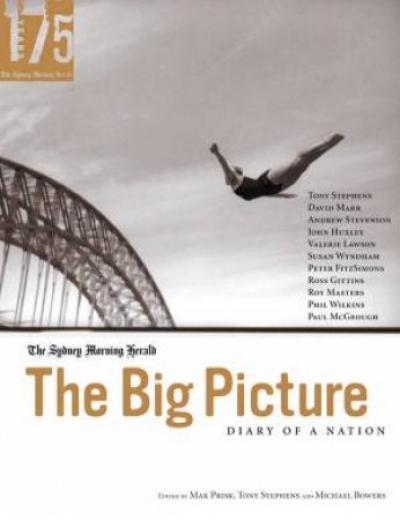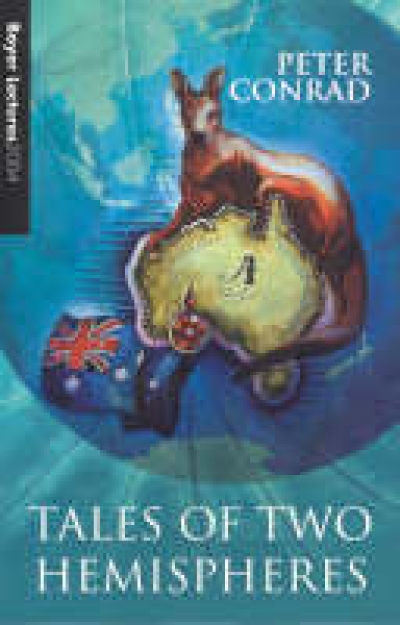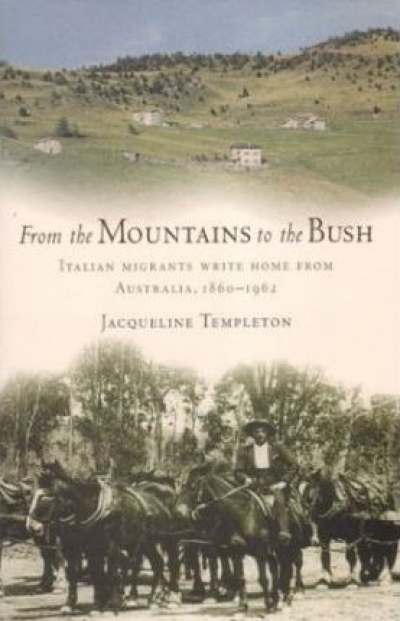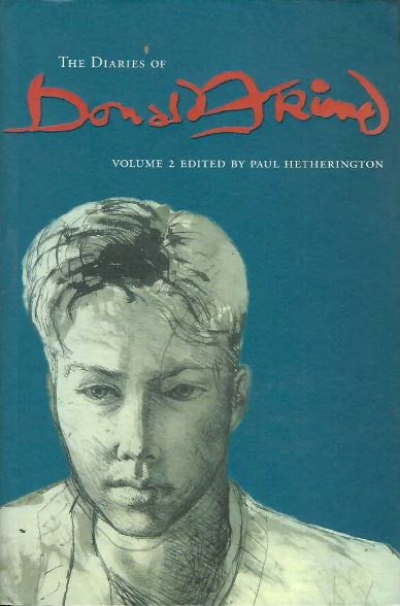John Thompson
The Big Picture: Diary of a nation edited by Max Prisk, Tony Stephens, and Michael Bowers
by John Thompson •
Tales Of Two Hemispheres: Boyer Lectures 2004 by Peter Conrad
by John Thompson •
From the Mountains to the Bush: Italian immigrants write home from Australia by Jacqueline Templeton, edited by John Lack and assisted by Gioconda di Lorenzo
by John Thompson •
The Diaries of Donald Friend: Volume 2 edited by Paul Hetherington
by John Thompson •




